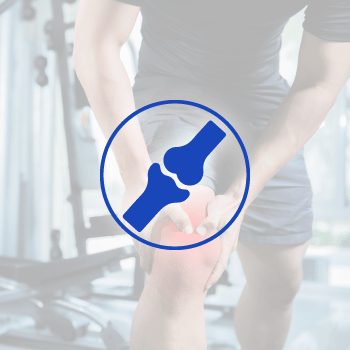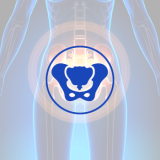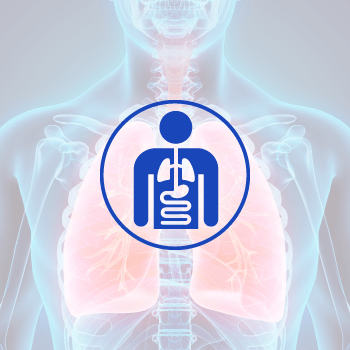NEONATAL & INFANT CIRCUMCISION
Circumcision is a surgical procedure that involves the removal of the foreskin, the fold of skin covering the head (glans) of the penis.
Circumcision on newborns may be performed after 24 hours of birth. It is typically performed during the first few months of life of children.
CIRCUMCISION AT PSDU
Before circumcision:
- Patients are usually received in the preparation room by our nurses around 30 minutes prior to the procedure.
- They are checked by our nurses, correctly identified and an ID bracelet attached to their ankles.
- Parents are counselled regarding the Plastibell procedure, possible outcomes and complications with a thorough explanation of red flags and advice on when to seek urgent medical attention.
- Our surgeon will perform a physical examination of the baby to make sure that the baby is in good health to undergo the procedure and in the genital region there is no anatomic abnormalities.
- Parents are counselled again regarding the procedure and informed consent is obtained.
During the procedure:
- A paracetamol suppository with a dose dependent on the weight is administered.
- The baby is then transferred to the procedure room and strapped to the Circumstraint.
- Time-out is performed to correctly identify the patient and the intended procedure.
- During the procedure the baby will be soothed and monitored by our nurse with the help of sucrose solution.
- The penis and surrounding skin are prepped with a Chlorhexidine sponge, and draped with a sterile slit drape.
- A dorsal penile block will be performed via infiltration of bupivacaine solution into the subcutaneous tissue of the suprapubic region, just proximal to the base of penis through 2 punctures blocking the dorsal penile nerves.
- The foreskin is then retracted using a hemostat, and adhesions are bluntly dissected completely exposing the whole corona and all smegma is cleared.
- The frenulum is divided using bipolar forceps along with diathermy to all bleeding points.
- An appropriately sized Plastibell is selected.
- The foreskin is then protracted over the glans. The free edge is then held by 2 hemostats in 2 and 10 o’clock positions. A dorsal slit is performed using another hemostat.
- The Plastibell is applied over the glans, hemostats holding the foreskin are raised and a third hemostat is applied transversely over the foreskin holding the Plastibell in place. The ligature is then tied in a secure manner over the foreskin onto the groove of the Plastibell, then the knot is secured by multiple throws. Excess foreskin is then cut and the Plastibell handle is detached.
- The inside of the Plastibell is then carefully cleaned from any blood or clots, making sure hemostasis is secured.
- Fucidin ointment is applied.
After the procedure:
- Baby is then sent back to the preparation room and observed for 20 minutes. The Plastibell is then checked by our nurse making sure there is no active bleeding and that the baby has urinated normally.
- Baby will be discharged with aftercare instructions, paracetamol drops to be used when in pain and fucidin ointment to be applied topically until the Plastibell falls away.
FAQs
- What is Plastibell?
- Is Plastibell a safe option?
- How long is the procedure?
- When to consult us?
Plastibell is a plastic ring with a groove on the inside that is placed over the glans (head) of the penis. The device is used as a clamp to secure the foreskin, and then the excess foreskin is trimmed away. Over time, the Plastibell causes the foreskin to naturally separate from the glans and fall off, leaving the area to heal.
The Plastibell method is a popular technique for circumcisions is believed to be safest and less invasive than other methods.
Possible complications (less than 2%) may include bleeding, infection, and scarring.
Plastibell circumcision is relatively quick, typically taking only a few minutes to complete.
If you encounter any of the following issues, please contact us:
- Persistent bleeding that doesn’t subside after the circumcision.
- Noticeable increase in redness around the circumcision site.
- If your child develops a fever of 38⁰ C (100.4⁰ F) or higher.
- Presence of other signs of infection, such as worsening swelling, unusual discharge, or the appearance of pus-filled blisters.
- Inability to urinate normally within 12 hours after the circumcision procedure.
- If the Plastibell device does not fall off within 10 days or if it moves up towards the body of the penis.
Your child’s well-being is our top priority, and we are here to address any concerns you may have. Do not hesitate to reach out to our professionals if you notice any of these problems. Prompt attention and care can help ensure a smooth recovery for your child after the circumcision.


 أنقر هنا
أنقر هنا أنقر هنا
أنقر هنا












